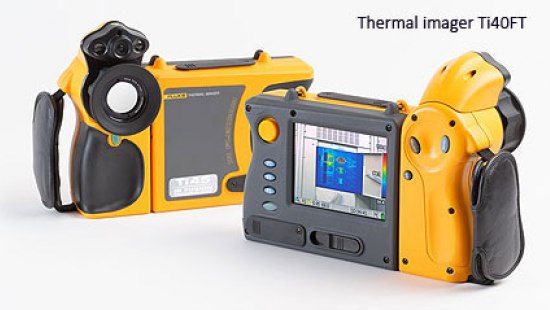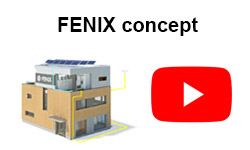Searching for faults on heating cables and mats
When searching for faults we use: The fastest search method (success rate of 90 % for cables with a protective screen): MMG5 is a high-voltage burn-down supply.

When searching for faults we use:
- The fastest search method (success rate of 90 % for cables with a protective screen): MMG5 is a high-voltage burn-down supply. If there is a short-circuit between the resistance and the sheath or between the resistance and the ground, an electric arc (burning) is created at the location of the fault when the cable is connected to the MMG5 supply and the corresponding voltage is set. Burning immediately warms the spot where the fault is located and it is possible to localize this spot very quickly using the Ti40FT thermal imager (1–5 min depending on how deeply the cable is laid). This is how the fault looks when localized by a thermal imager. The burn-down supply can also be substituted by a cheaper high-voltage supply which has current limitation or a burning function (for example the HA3300D tester from SPS Electronic). A cheaper thermal imager can also be used, for example Fluke or Flir.
- If burning cannot be induced, then (in the case of a sheath fault) the MMG5 transmitter is used. A pulse signal is released through it into the cable, and the spot where the intensity of the signal from the defect location is strongest is sought using the ESG 80 receiver with the help of spikes.
- If the cable is only interrupted (usually in the case of one-conductor cables without sheathing) and the short-circuit between the resistance conductor and the sheathing or the resistance cable and the earth is not measureable, we use the Cable Cop 300. The Cable Cop has a transmitter which is connected to the cable and transmits a high-voltage signal, and a receiver which reads the intensity of the signal. In an ideal case, the signal indicated by the receiver fades away beyond the faulty spot. This method isn’t hundred per cent effective, however – the intensity of the signal varies significantly depending on how deeply the cable is laid.











